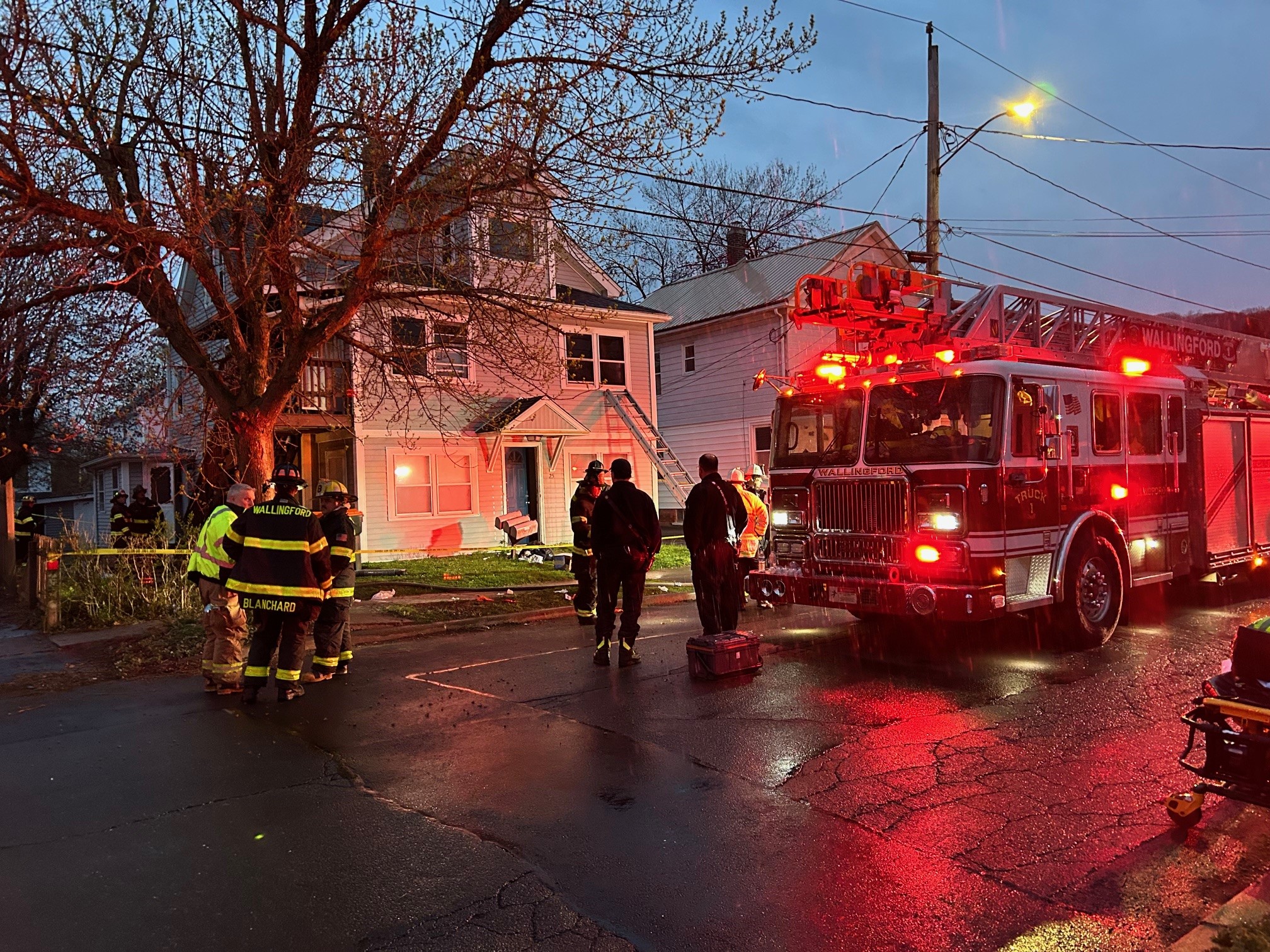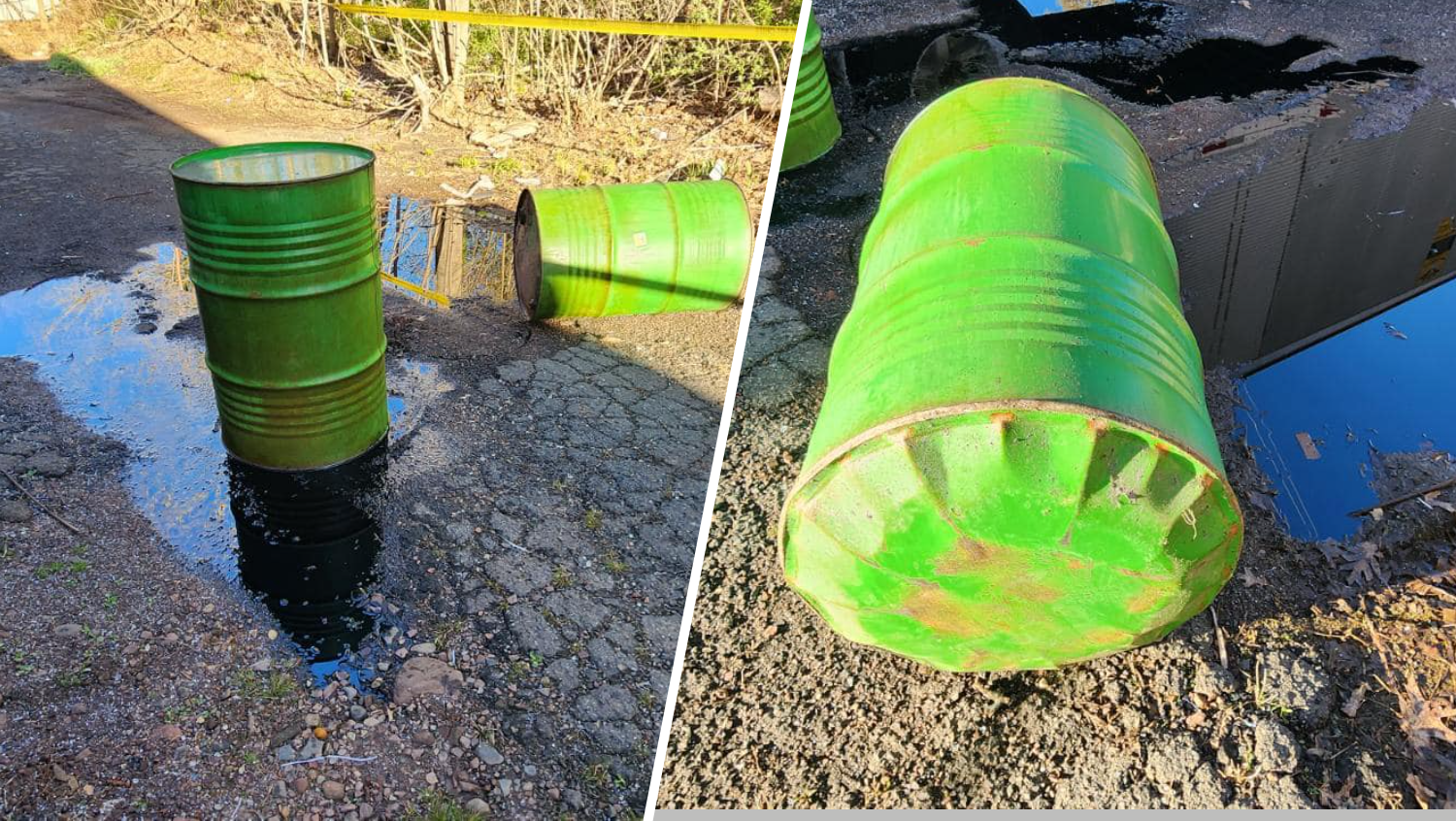The South Central Connecticut Regional Water Authority, which serves about 430,000 people in Greater New Haven, is asking customers to cut water usage by 10 percent because of drought conditions in the region.
“While our supplies in our reservoirs, overall, are adequate, and we have a number of sources and operational flexibility to meet our customers’ needs, given the pattern of diminished precipitation and indications this weather pattern will continue, we felt it was prudent to ask our residential and business customers to voluntarily conserve water,” Ted Norris, vice president of asset management for the Regional Water Authority, said in a statement.
Citing the National Weather Service and the U.S. Drought Monitor, officials from the water authority said the drought is expected to last at least through the end of the year.
“Water is essential to life. Having an adequate supply for drinking, public health, fire protection and the environment is the RWA’s top priority. We are asking our customers to help by eliminating unnecessary water use and taking steps to avoid wasting water. This will reduce the demands on our water supplies, reduce stress on local water resources and on the environment, and ensure sufficient water is available,” Norris said in a statement.
RWA served all or portions of Ansonia, Bethany, Branford, Cheshire, Derby, East Haven, Hamden, Milford, New Haven, North Branford, North Haven, Orange, Seymour, West Haven and Woodbridge. We own land in Beacon Falls, Guilford, Killingworth, Madison and Prospect.
RWA is asking customers to:
Check for any dripping faucets or running toilets. A leaky faucet that drips at the rate of one drip per second can waste more than 3,000 gallons of water per year. The average leaky toilet can waste about 200 gallons of water per day. That’s over 6,000 gallons of water a month.
Local
A bath typically uses up to 70 gallons of water, whereas a five-minute shower will use only 10 to 25 gallons depending on the efficiency of your showerhead. So shower to save water.
Turning off the faucet while brushing your teeth can save as much as four gallons of water. If you brush your teeth in the morning and at night, that adds up to saving 200 gallons of water a month. The same is true when you wash your hands.
When cleaning dishes, scrape your dirty dishes into the trash, and then put them into the dishwasher. The average dishwasher uses six gallons of water per cycle; more efficient dishwashers use four gallons per cycle. A running faucet uses about two gallons per minute.
Wash only full loads of clothes. Older top-loading machines use 40 gallons of water to wash a full load. Today's newer standard models use 27 gallons, and more efficient Energy Star washers use 14 gallons per wash.
Use a broom instead of a hose to clean patios, sidewalks and driveways. Water flows from a hose at about six gallons of water a minute. If it takes 30 minutes to clean a patio or deck, using a broom saves 500 gallons of water.
Wash your car at a car wash. Washing your car at home can use between 40 and 140 gallons of water. Washing your car at a car wash where water is cleaned and recycled uses about 15 gallons of fresh water for each wash.
Use only non-potable water to water your lawn and gardens. Use a bucket to catch extra water when you run the water before a shower. If you take a bath, use the bath water to water trees, shrubs and non-edible plants (not your vegetable or herb gardens).
RWA has more suggestions on how to save water online. Customers without internet access can call 203-562-4020.



